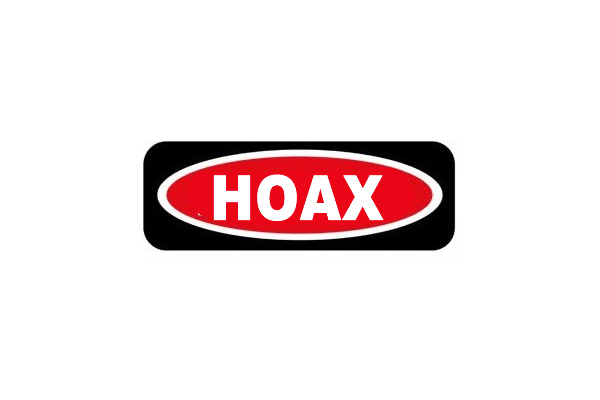The Hoax Dilemma

Recent bomb hoaxes involving more than a hundred schools across the country placed the media in a difficult position. The news spread quickly on both Social Media and Mainstream Media.
In the majority of cases, it was an automated call to schools that prompted the evacuations, although in at least one instance there was a ‘real person’ at the other end of the phone.
Anxious parents gathered at schools to retrieve their children, angry that they’d received only the barest of information from police and media. Were their kids in danger? Were the threats credible? Who was responsible?
For those of us in radio, it really was a Catch 22 situation. We have a responsibility to deliver the ‘news’, yet traditionally, we don’t report on bomb hoaxes lest we encourage copycats.
Yet, there was a lot of misinformation and wild theories on platforms like FaceBook and Twitter. Aren’t we also obligated to calm the situation with the facts, as we knew them?
The Commercial Radio Codes of Practise make it clear our obligations as broadcasters and journalists.
“News programs (including news flashes) broadcast by a licensee must:
- present news accurately
- not present news in such a way as to create public panic, or unnecessary distress to reasonable listeners”.
But the matter became more complicated in Victoria when police issued a statement and the Education Minister and Deputy Premier held a media conference to address the situation. We were told these ‘anonymous cowards would feel the force of the law’.
It was a great quote from James Merlino (or his media adviser) and was used extensively on TV, radio, print and on line.
So, is it ‘news’ now that we have a quote-able source of information? Is the story now ‘legitimate’ or are we effectively reporting on a hoax and giving those responsible what they’d been seeking ie: headlines and fear.
Authorities have a responsibility to respond to any threat and treat it as ‘real’ until proven otherwise. The Australian Federal Police is working with law enforcement agencies around the country to pinpoint the origin of the threats.
But where does that leave the media?
We don’t want to be accused of sensationalising it, but on the flipside, parents have a right to know if there’s even a small chance they’re child could be in danger.
The media needs to ask itself ‘when is a hoax no longer a hoax’ and can we show constraint in our coverage? Or more to the point, can we be trusted to show constraint?


